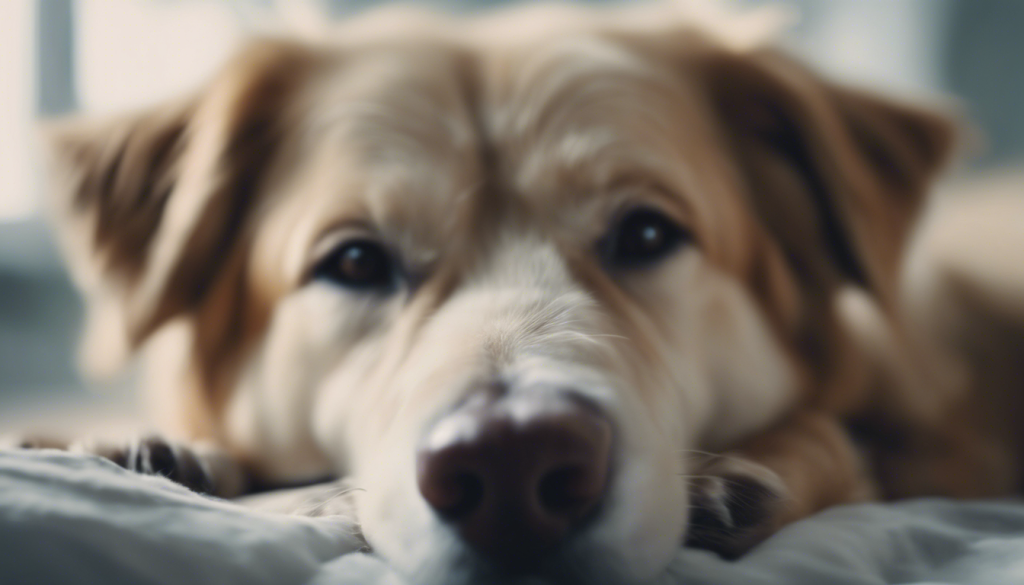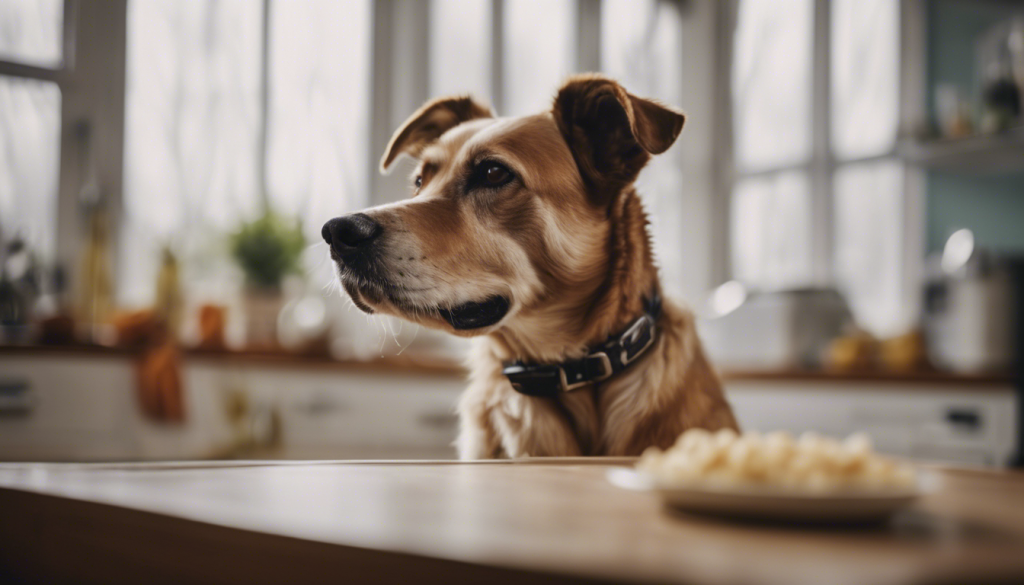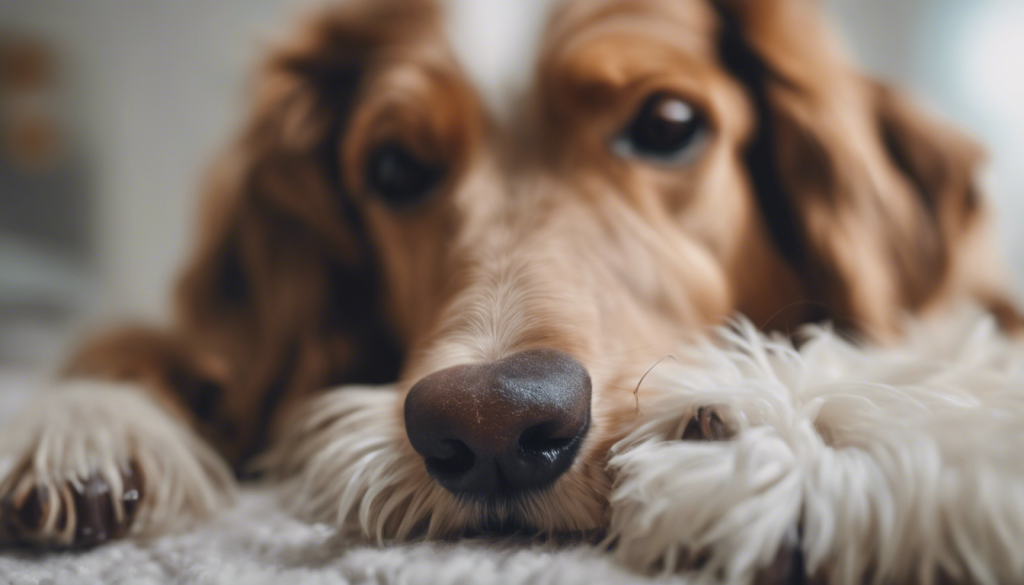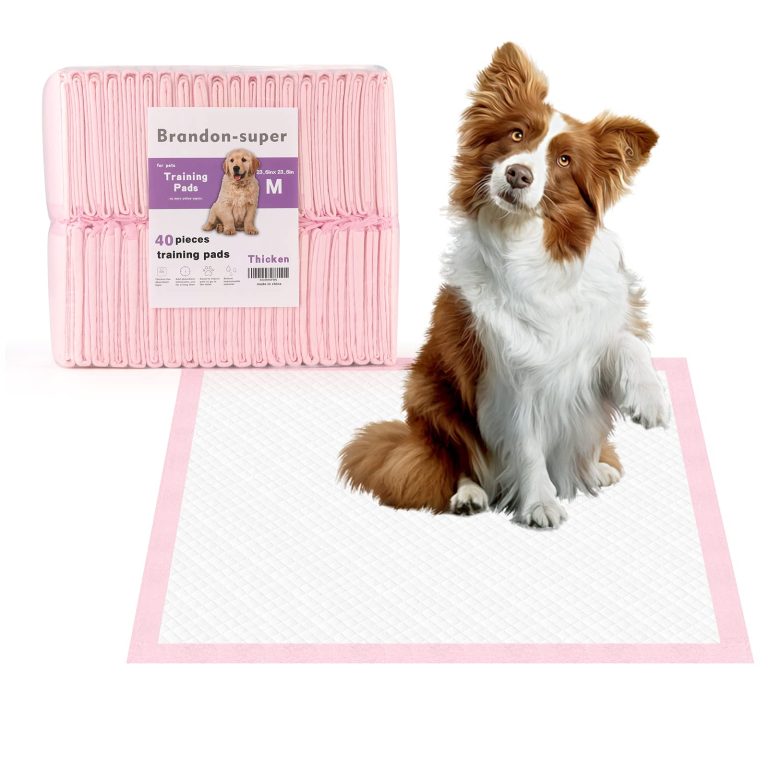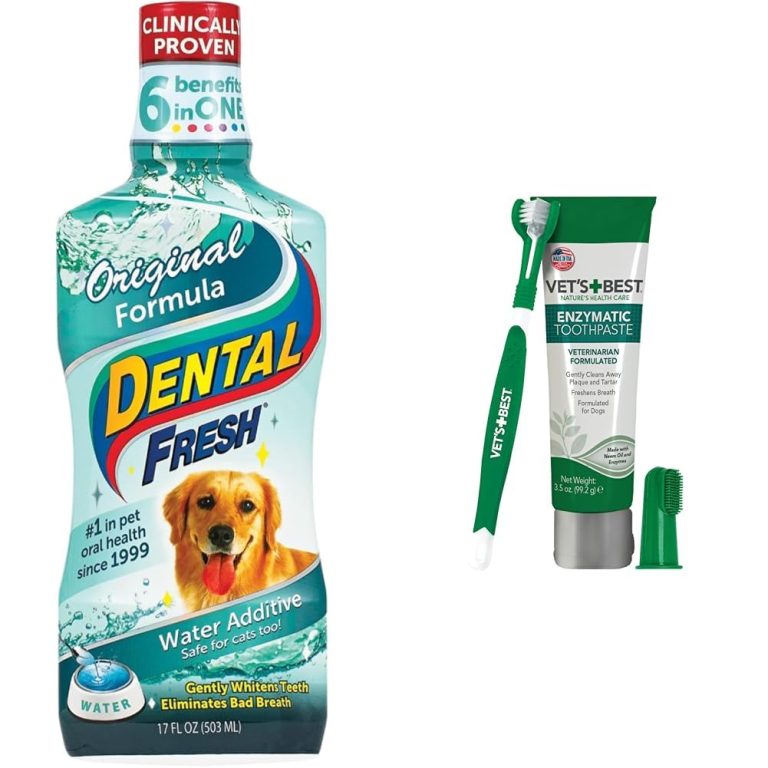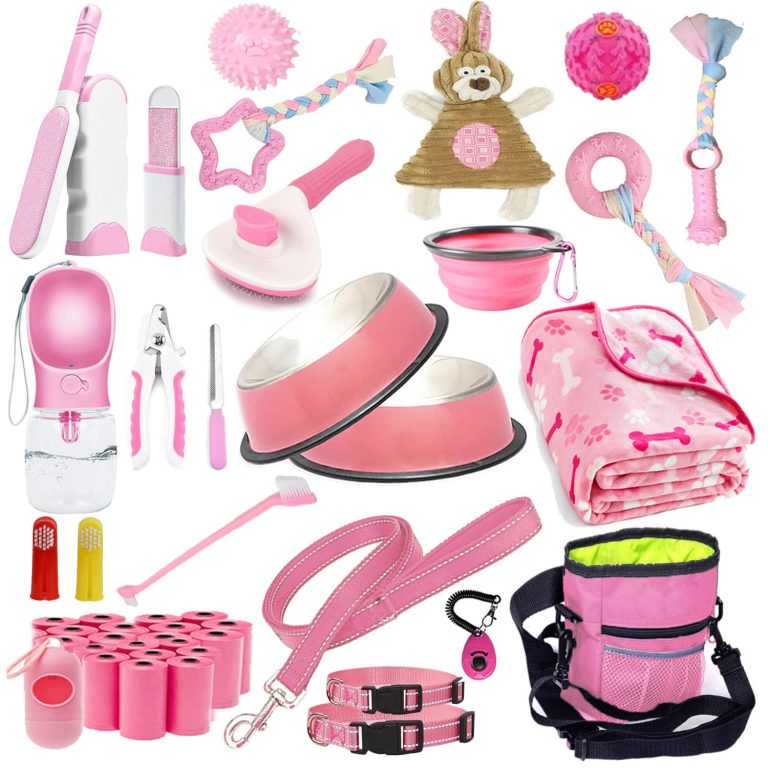Introducing Your Dog to the World of Canine Nose Work
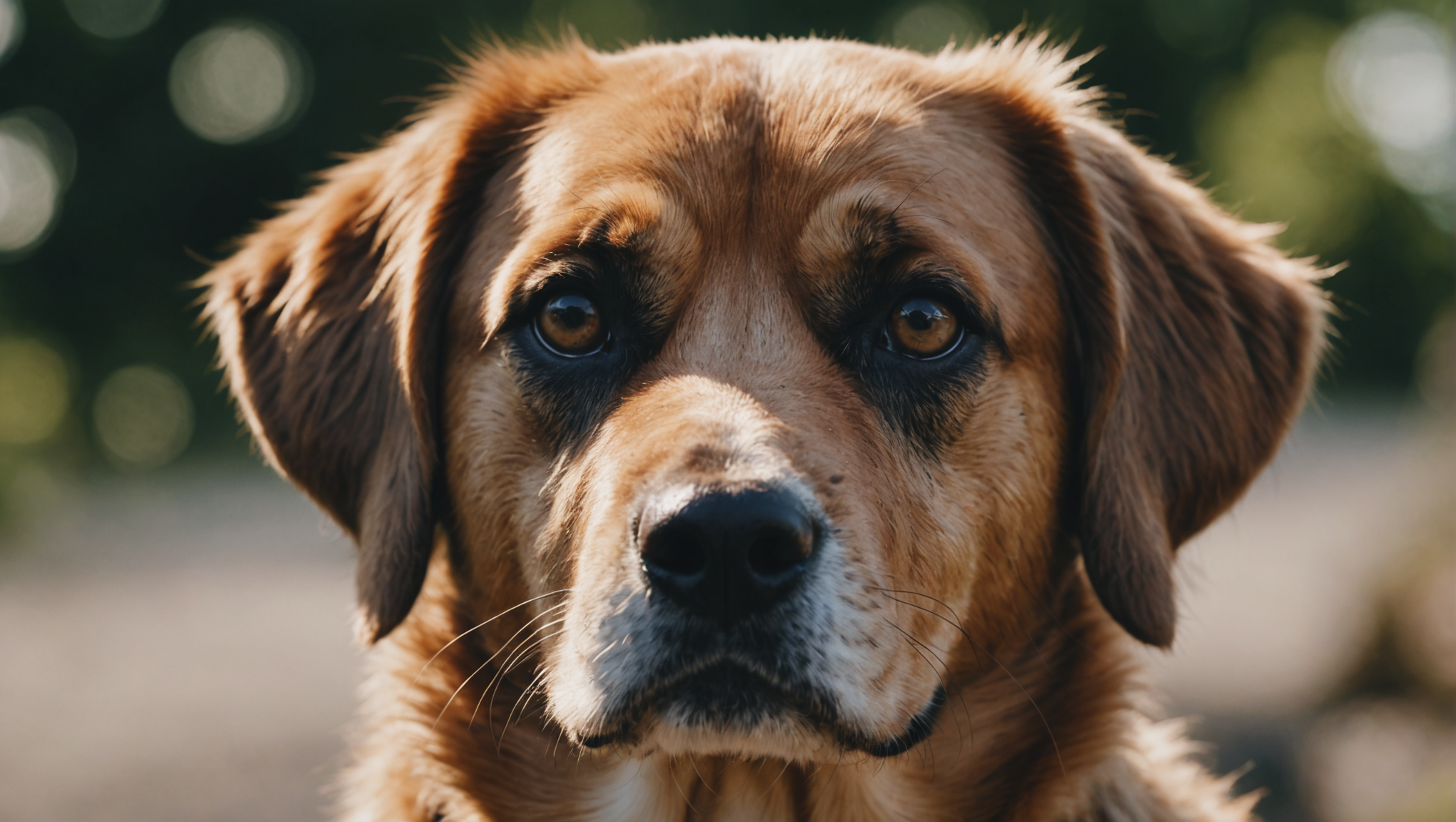
Canine nose work is a fascinating activity that taps into one of the dog’s most extraordinary attributes: their sense of smell. Dogs possess approximately 300 million olfactory receptors, which makes their sense of smell far superior to that of humans, who only have about six million. This striking difference is not merely quantitative; it dramatically alters how dogs perceive the world around them. By engaging in nose work, we allow our canine companions to utilize this powerful sense in a structured and rewarding manner.
At its core, nose work involves training dogs to identify and locate specific scents, often through the use of essential oils or other natural odors. This process, while seemingly simpler, is rooted deeply in the principles of operant conditioning and positive reinforcement. Dogs are motivated by their keen sense of smell and the immense satisfaction that comes from tracking scents, which makes nose work not just beneficial but also inherently enjoyable for them.
To initiate your journey into the world of nose work, it’s essential to understand the fundamental exercises involved. The most common starting point is the “container search,” where dogs learn to explore a series of containers to find a hidden scent. This exercise not only sharpens their olfactory skills but also enhances their problem-solving abilities and curiosity. The process of scent detection encourages them to focus, promoting mental stimulation this is often missing in more physical activities.
Moreover, integrating nose work into your dog’s routine can significantly enrich their lives. It provides sensory stimulation, encourages a bond between handler and dog, and offers an outlet for natural instincts to flourish. The sheer joy exhibited by a dog when they successfully locate a scent is a testament to the fulfillment they derive from the activity. As stated by the renowned dog trainer and behaviorist, Patricia McConnell, “By letting them follow their noses, we provide them with an opportunity to express their natural instincts in a controlled way.”
The beauty of nose work lies in its adaptability; it can be enjoyed by dogs of all ages and abilities. Whether your pet is a sprightly pup or a wise elder, nose work serves as a wonderful addition to their physical and mental exercise repertoire. Furthermore, this activity helps address common behavioral issues, such as anxiety or excess energy, by offering an engaging outlet for those built-up urges to explore and engage.
As you embark on this journey, it’s crucial to cultivate a mindset of patience and encouragement. Some dogs may take to nose work instinctively, while others require a bit more time and guidance. Understanding your individual dog’s needs and quirks is paramount. Remember that the goal is not merely to teach them to find the scent but to allow them the freedom to explore their environment and experience the thrill of discovery.
Benefits of nose work for dogs
The realm of nose work extends well beyond a mere recreational activity; it serves as a powerful tool that can significantly enhance the overall well-being of your canine companion. Through engaging in scent detection exercises, dogs can unlock a plethora of benefits that contribute not only to their physical health but also to their emotional and psychological stability.
One of the foremost advantages of nose work lies in its remarkable ability to provide both mental stimulation and exercise. It’s a common misconception that dogs solely require physical activity to thrive. In reality, their cognitive needs are equally critical. Engaging in nose work stimulates the brain, employing natural instincts that lead to a healthier and more balanced lifestyle. Just as humans may experience vitality from creative stimulation, dogs flourish when they are challenged to consider and problem-solve. This comprehensive approach to exercise fosters a deeper level of satisfaction, reducing boredom and the destructive behaviors that often accompany it.
Additionally, nose work can be an effective remedy for anxiety and stress-related issues in dogs. The focus required during scent detection exercises can redirect a dog’s attention from their fears or triggers, creating a calming effect that promotes relaxation. It offers a constructive outlet for excess energy, enabling dogs to channel their instincts into a purposeful activity. Quoting the renowned dog trainer and author, Ian Dunbar, “The best way to train a dog is to understand its natural behavior and facilitate that behavior in a constructive way.” Through nose work, we harness their natural tendencies to find scents and transform them into an enriching experience that mitigates anxiety.
Moreover, the companionship developed between handler and dog during nose work is an enriching aspect that stems from this remarkable activity. The collaborative nature of scent detection fosters mutual trust and respect, deepening the bond you share. As your dog successfully locates scents, they experience a surge of confidence that is palpable, reinforcing their perception of you as a reliable partner in their exploration. This positive reinforcement builds a foundation of teamwork, enhancing both your relationship and their self-esteem.
Nose work also serves as a conduit for socialization, especially for dogs that may be shy or less inclined to interact with their peers. Participating in group training sessions or events creates opportunities for your dog to engage with other canines and their handlers in a less intimidating environment. Exposure to different scents, sounds, and other dogs can build confidence and adaptability, which are invaluable traits in a well-adjusted pet. The burgeoning community surrounding nose work offers additional support and camaraderie, reminding us that we are not alone in our journey as pet parents.
In essence, the benefits of nose work are manifold. From stimulating the mind and fortifying emotional health to strengthening companionship and facilitating social interactions, the impact of engaging your pup in scent detection exercises can be profound. This simple yet rewarding practice acts as a bridge connecting instincts with engagement, cultivating a holistic approach to your dog’s well-being. As we delve into the intricacies of nose work, it becomes evident that the true reward lies not solely in the scents they detect, but in the enriched lives we build together.
Getting started with nose work training
As you set the stage for introducing your dog to the thrilling world of nose work training, it’s vital to create an environment that is not only comfortable but also conducive to learning. Ponder beginning in a familiar space, one imbued with your dog’s scents and sounds, which will help ease any initial apprehensions. Setting the atmosphere with gentle encouragement can make all the difference; after all, trust is the bedrock of any successful training session.
Start by selecting a specific scent that your dog can easily recognize. Essential oils, such as birch or anise, are excellent choices due to their potency and pleasant aroma. Introduce the scent gradually, allowing your furry friend to become familiar with it before diving into more complex tasks. Engaging with the scent in a playful manner can stir your dog’s curiosity and enthusiasm. One effective approach is to pair the scent with a treat, creating a positive association that encourages excitement and motivation. For instance, you might place a drop of essential oil on a cotton ball and then reward your dog with their favorite snack when they investigate it. This simple act reinforces the idea that sniffing and hunting for the scent is both rewarding and fun.
As your dog grows confident in identifying the scent, the next step is to incorporate it into basic exercises. Start with simpler container searches, where you hide the scent within an array of containers or boxes. Work to ensure the containers are stable and safe, and offer various hideouts to maintain your dog’s interest. It is essential to remain attentive and supportive throughout these exercises; as your dog sniffs through the containers, celebrate their successes, however minor, to bolster their eagerness to explore further. Using a spirited tone of voice or clapping your hands can elevate their excitement and motivate them to keep searching.
Once your dog displays an unwavering enthusiasm for the initial exercises, you can begin introducing more challenging tasks, such as the “odor discrimination” drills. This activity involves presenting multiple scents and summarizing their characteristics, encouraging your dog to distinguish between them. By progressively increasing the complexity of the tasks, you can closely monitor your dog’s responses and adapt your training methods to suit their unique learning style. Some may thrive under the pressure of a timed search, while others may require a more laid-back approach.
Another effective method is to utilize the elements of play during training. Incorporating toys that emit scents can keep the atmosphere light and enjoyable, especially for dogs that tend to be more playful or energetic. For example, you could hide a scented toy in your home or yard and prompt your dog to find it as a game, seamlessly blending training with playtime. This aspect of nose work fosters not only a sense of purpose but also reinforces the bond between the two of you, as it encourages teamwork and shared experiences.
As much as the activities are intended to stimulate your dog, they at the same time offer valuable insights into their behavior. Take note of their body language, as it reveals their state of mind during training. A wagging tail may indicate enthusiasm, while a lowered head or tucked tail might suggest uncertainty or discomfort. By observing these cues, you can make informed adjustments to your approach, ensuring that training remains a source of joy rather than stress.
Furthermore, consistency is a key factor in successful nose work training. Aim to establish a regular training schedule that accommodates both your and your dog’s needs. Short, frequent sessions are generally more effective than prolonged ones, as they help maintain peak engagement levels and facilitate better retention of learned behaviors. Remember to balance your training with adequate breaks and rewards to reinforce positive behavior modification.
In creating an environment characterized by encouragement, patience, and trust, you are setting the scene for an enriching nose work training experience that can transform bonds and offer immeasurable joy. Your role as an attentive guide and playful partner will be instrumental as your dog embarks on this remarkable journey of discovery, opening doors to a plethora of delightful adventures in the world of scents.
Tips for successful scent detection exercises
To ensure your scent detection exercises are effective and enjoyable, ponder implementing a variety of strategies that foster engagement and promote success. First and foremost, it is crucial to maintain an atmosphere of excitement and positivity. Dogs, much like humans, thrive in environments where they feel encouraged and appreciated. Use a cheerful tone and hands-on praise to celebrate every small victory, for each moment of success fuels their motivation and bolsters their confidence.
Incorporating novel and diverse scents into your training sessions can markedly enhance your dog’s interest and keep them intrigued. Rotate through different scents—anise, clove, or even food odors—to prevent monotony and encourage continuous exploration. This not only sharpens their skills but also teaches them to differentiate between various odors, ultimately expanding their olfactory repertoire. Structuring the training to include both familiar and unfamiliar scents may entice even the most seasoned of scent detectives to remain engaged and committed throughout the exercises.
Logical organization of your training sets can significantly improve the effectiveness of scent detection exercises. Start simple, providing clear, accessible targets that your dog can easily identify and locate. Gradually increase complexity by introducing distractions or obstacles. For instance, ponder offering scents with varying intensity while pairing them with different concealment techniques—hiding them under objects, inside boxes, or outside in your yard. This progression allows your dog to build upon their skills incrementally, making each successful find all the more thrilling.
Moreover, varying the locations where you conduct your exercises can transform routine into adventure. While practicing in a controlled environment can build confidence, transitioning to different settings—such as your yard, local parks, or even wooded areas—can challenge and develop your dog’s adaptability. Be sure to ponder the sensory experiences available in each locale; varying surfaces, sounds, and smells can enrich the training experience within the broader context of their environment.
Additionally, enhancing the experiential aspect of nose work through teamwork can yield incredible results. Ponder partnering with fellow dog owners or joining a local nose work class. Social dynamics can expand the training horizon, as observing other dogs while working encourages learning through imitation—a powerful behavioral cue in canines. Engaging in group settings or friendly competitions fosters a collaborative spirit and reinforces your dog’s commitment to the task at hand.
It’s also beneficial to recognize that scent work isn’t merely an instructional exercise; it can and should be fun! Introducing toys or objects with significant meaning to your dog can elevate their enthusiasm. For instance, hiding their favorite ball and prompting them to sniff and retrieve it infuses elements of play into learning. Allowing them to play with the toy after they successfully find it reinforces the idea of rewards through effort, creating a strong association between their successes and positive outcomes.
As you chart the course of your nose work journey, consistency remains pivotal. Create a practice schedule that not only suits your lifestyle but also respects your dog’s capacity for sustained focus and participation. Regular training sessions—perhaps twice a week—will instill habitual learning and retain engagement with scent activities. Should you encounter challenges—be it disinterest or confusion—reassess your methods, adapting your approach until your dog is not only involved but deeply invested in the process.
While it is essential to nurture your dog’s skills through structured training, it is equally critical to observe and honor their natural instincts. Acknowledge their body language; signs of eagerness, energy, and enthusiasm should encourage you to push forward, while signs of hesitance or fatigue signal a need for respite or a different approach. This level of attentiveness not only builds trust but affirms to your furry companion that their feelings and needs are being met with respect.
Lastly, don’t forget to integrate moments of sheer joy into your sessions. Incorporate brief breaks filled with playtime or gentle cuddles, allowing your dog to recharge and reinforcing the notion that detection activities, while skillful, are also about togetherness and enjoyment. As you weave joy into the fabric of your training, you’ll cultivate a positive bond that stands the test of time, centering around discovery and delight.
